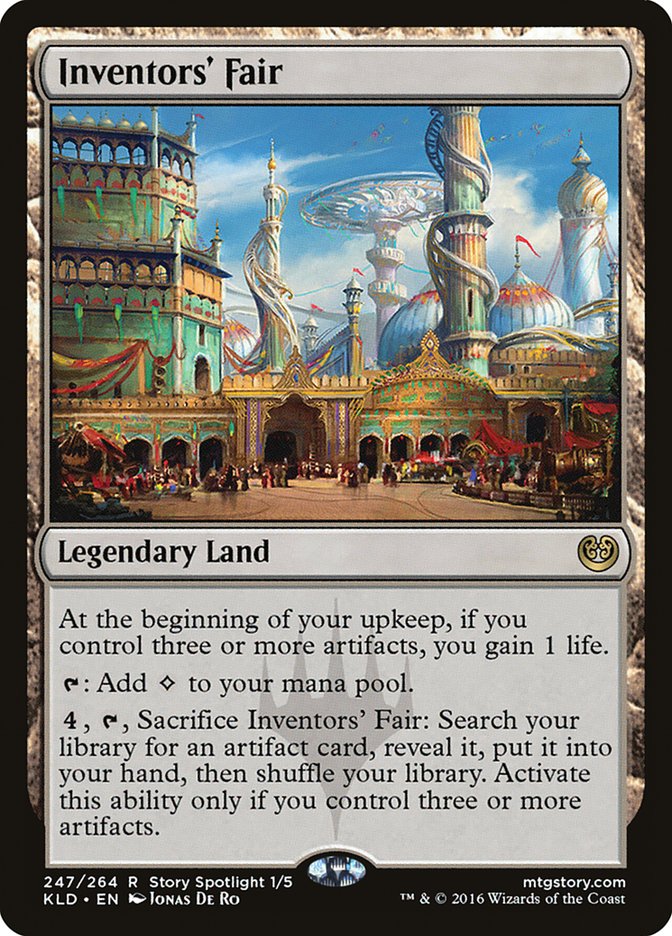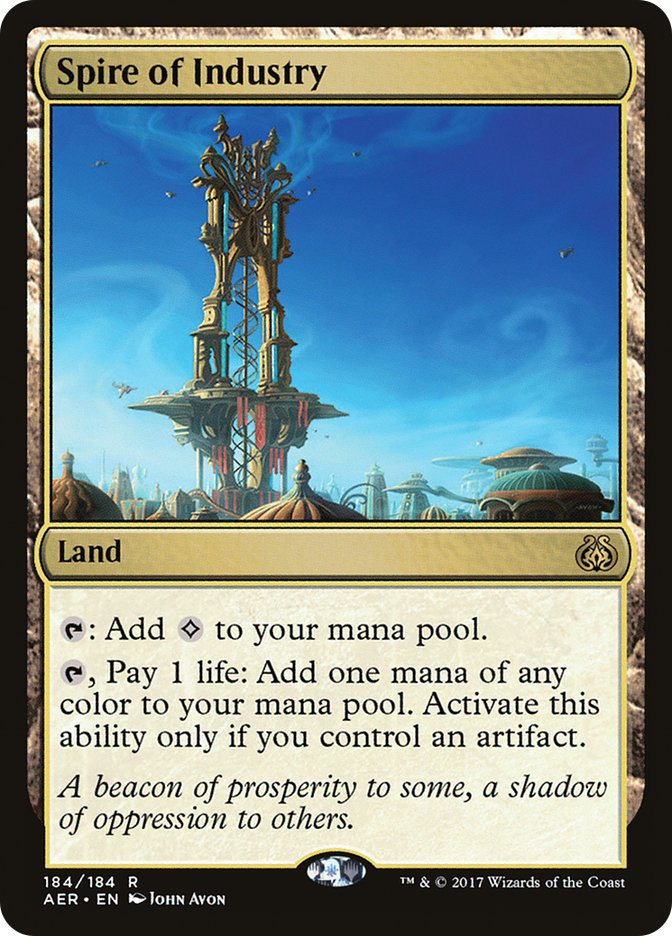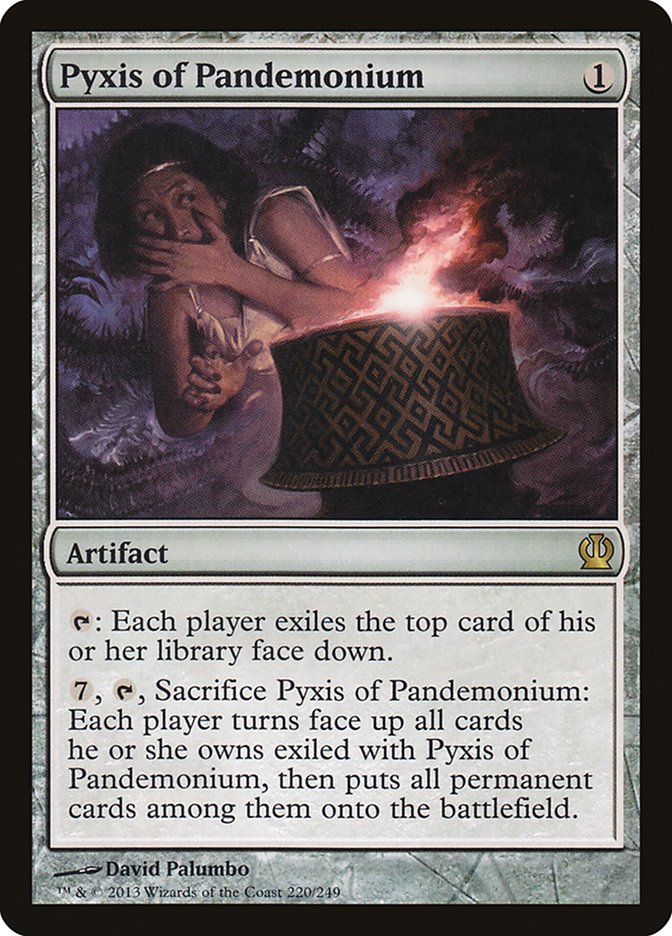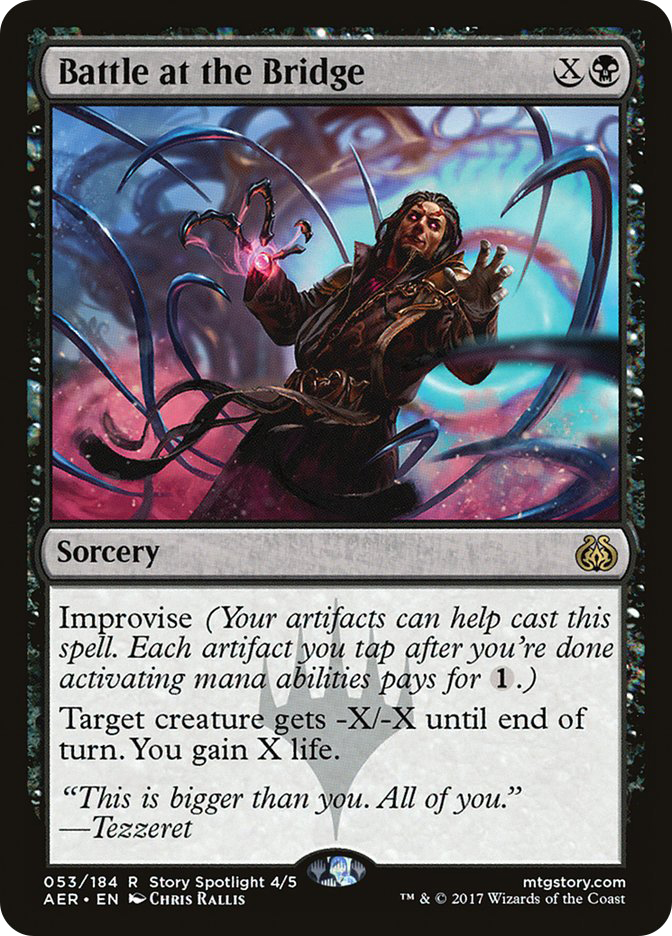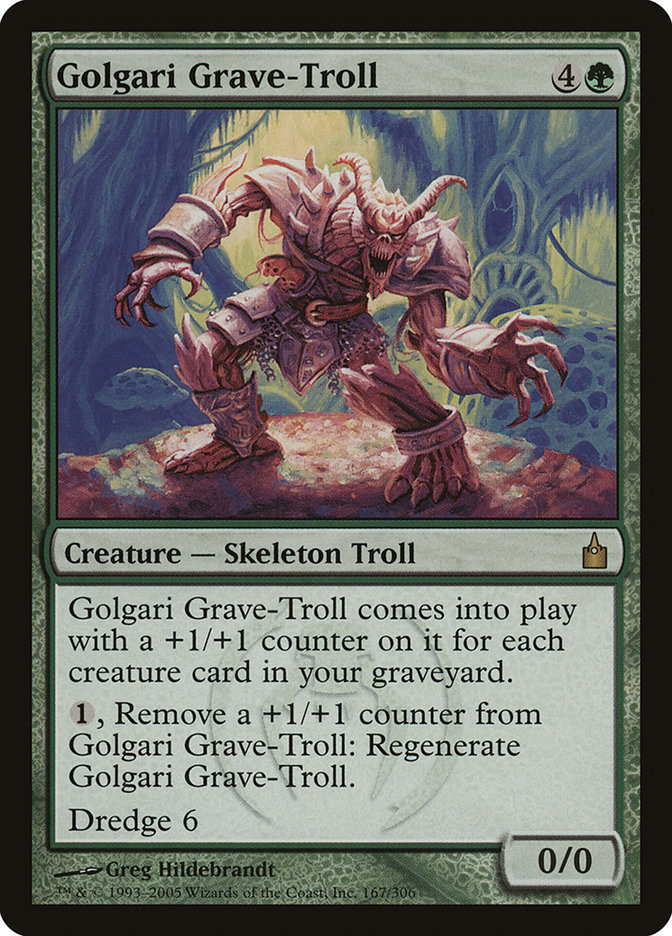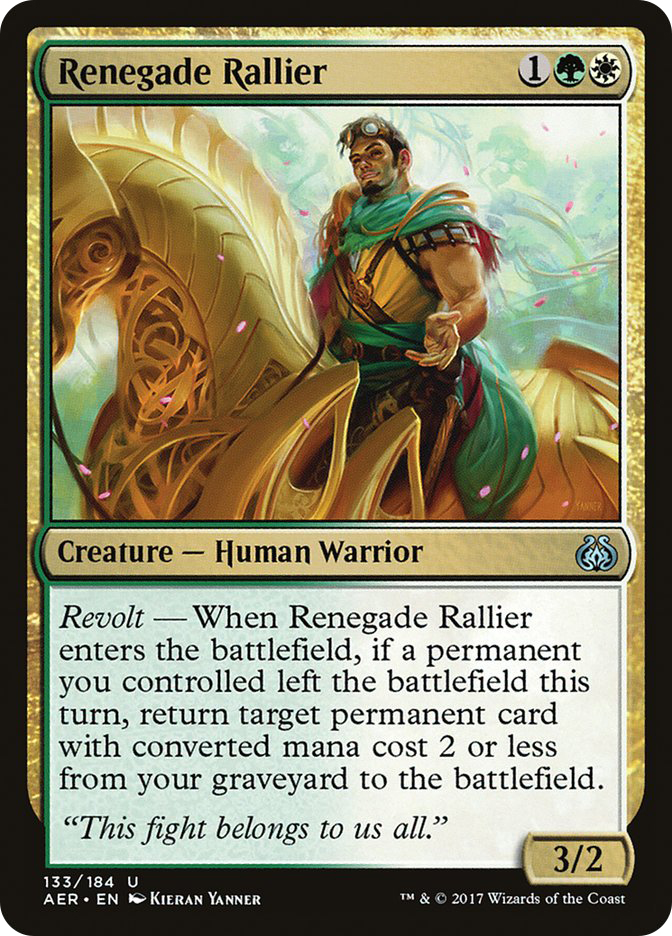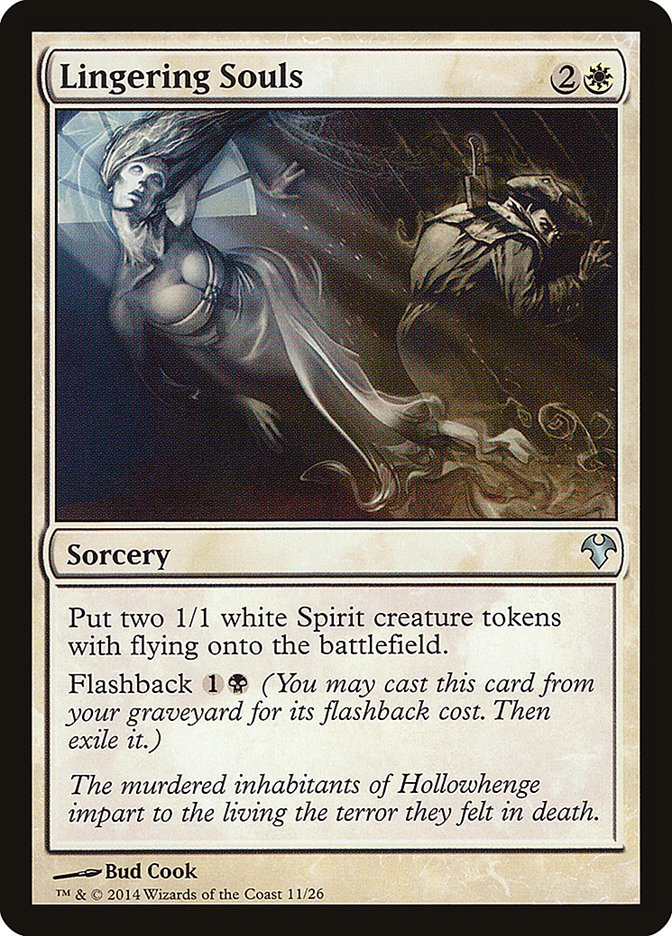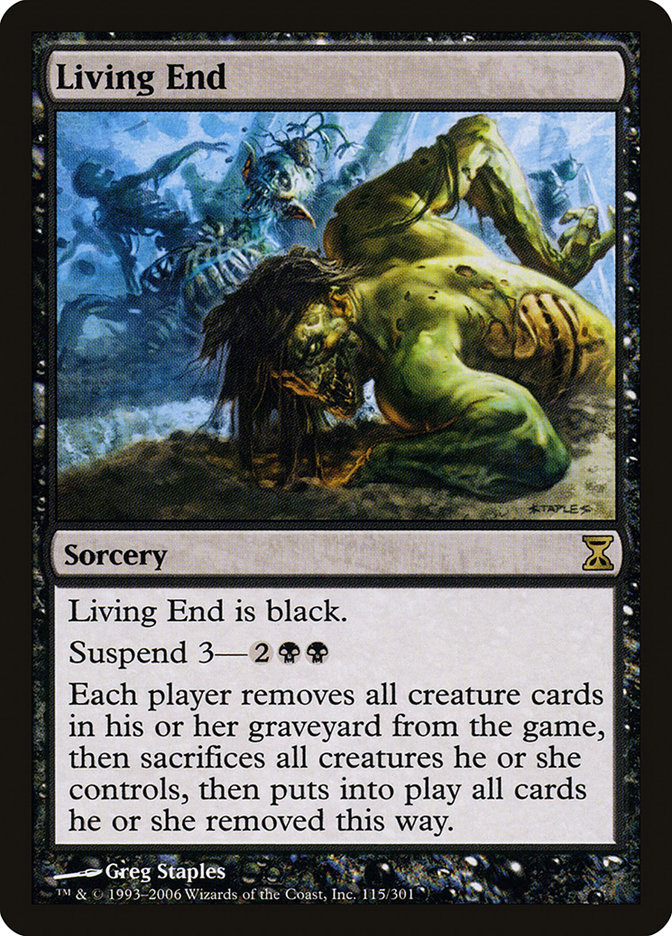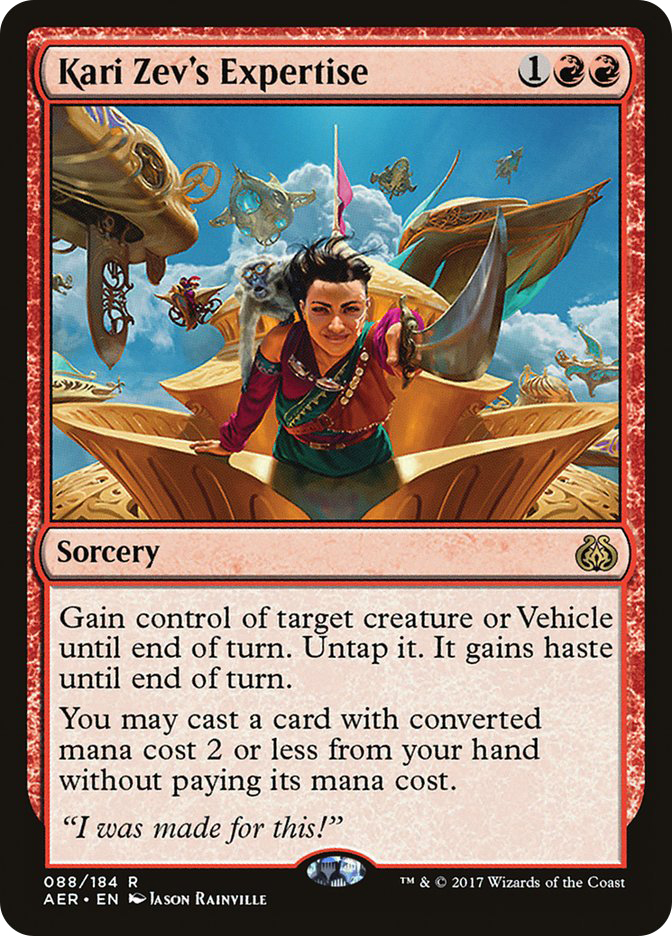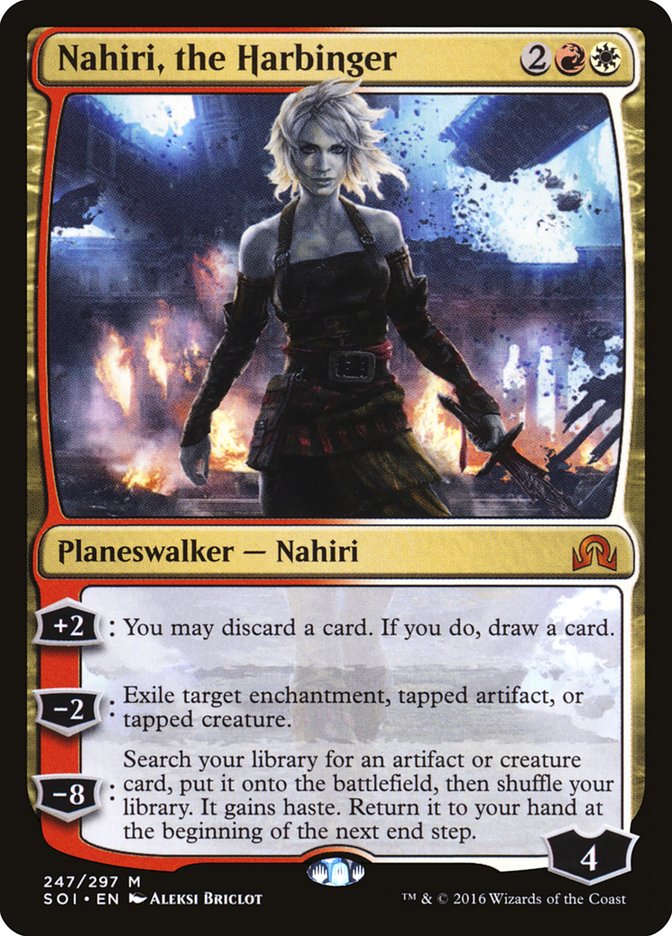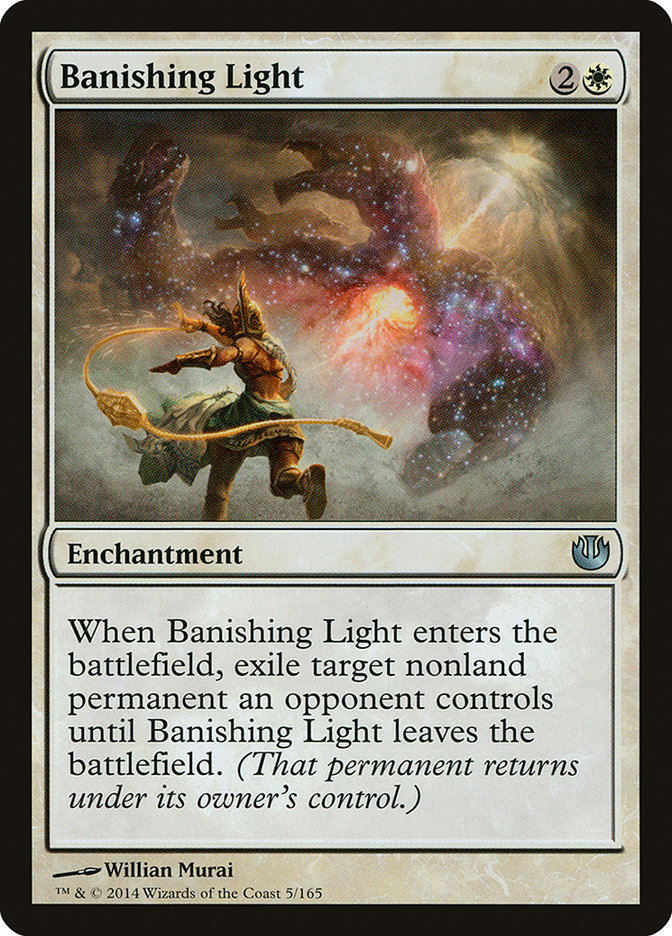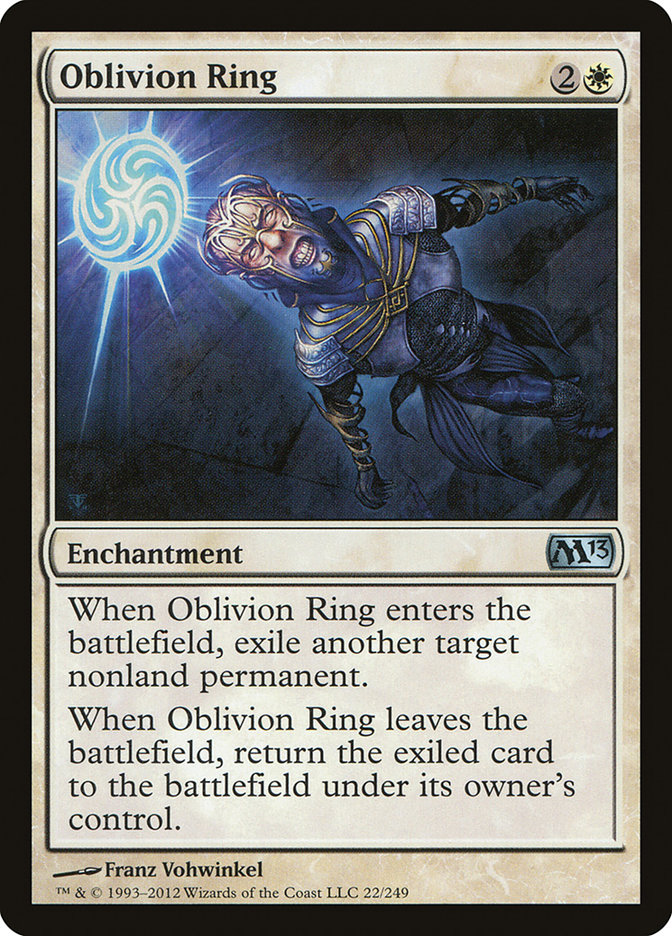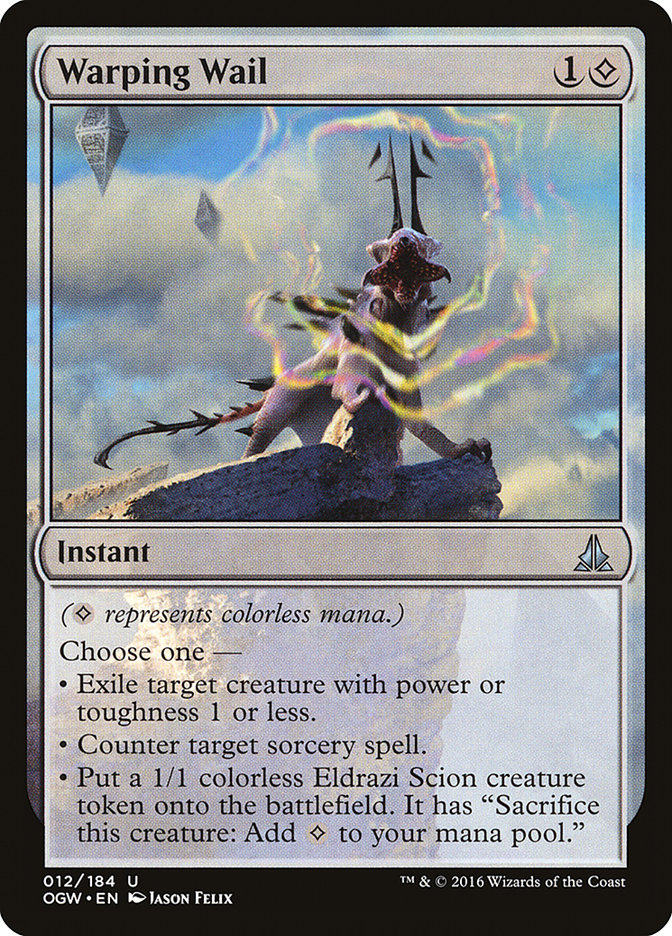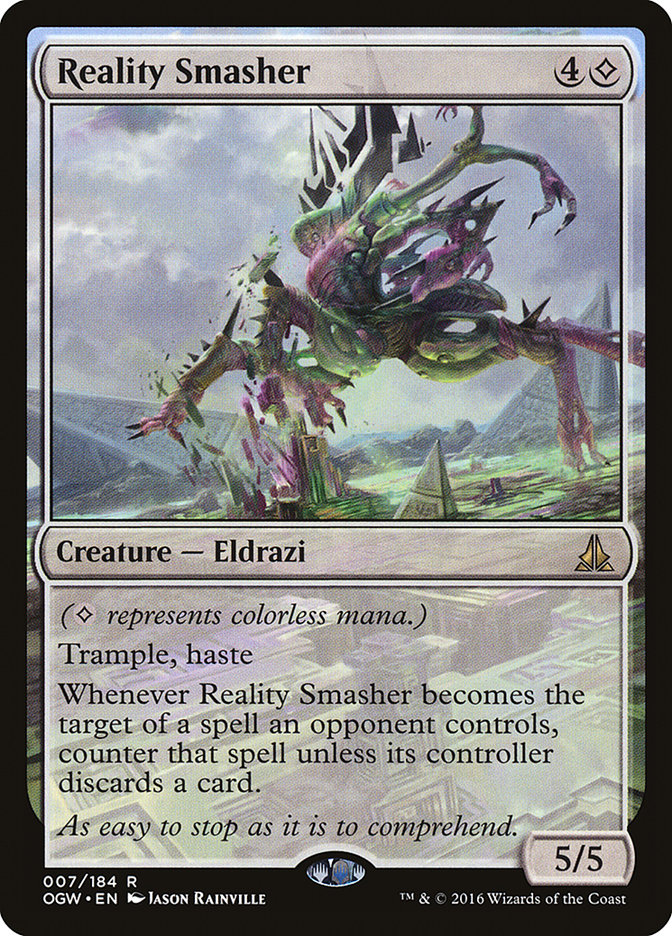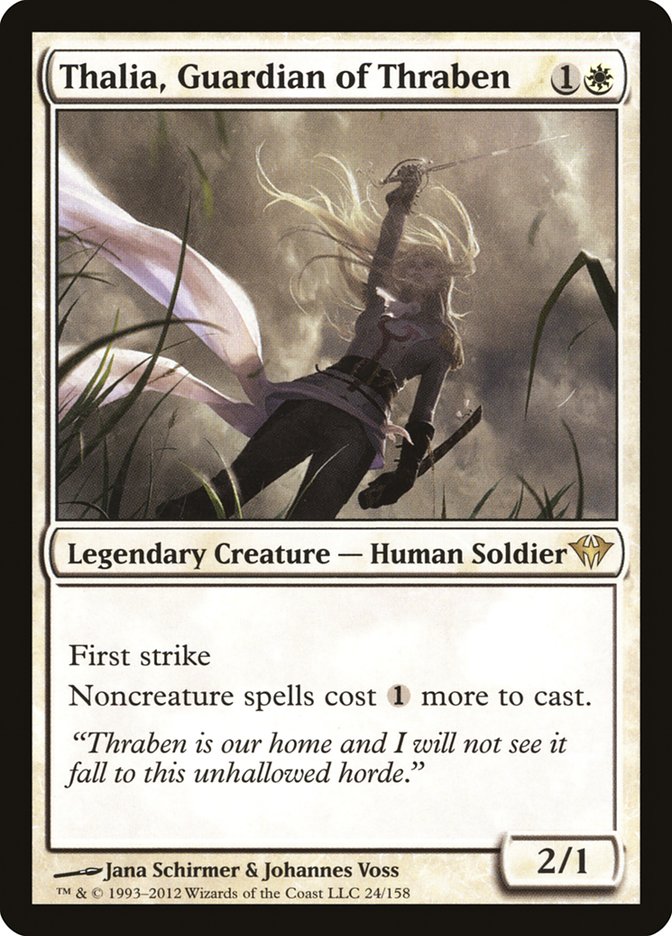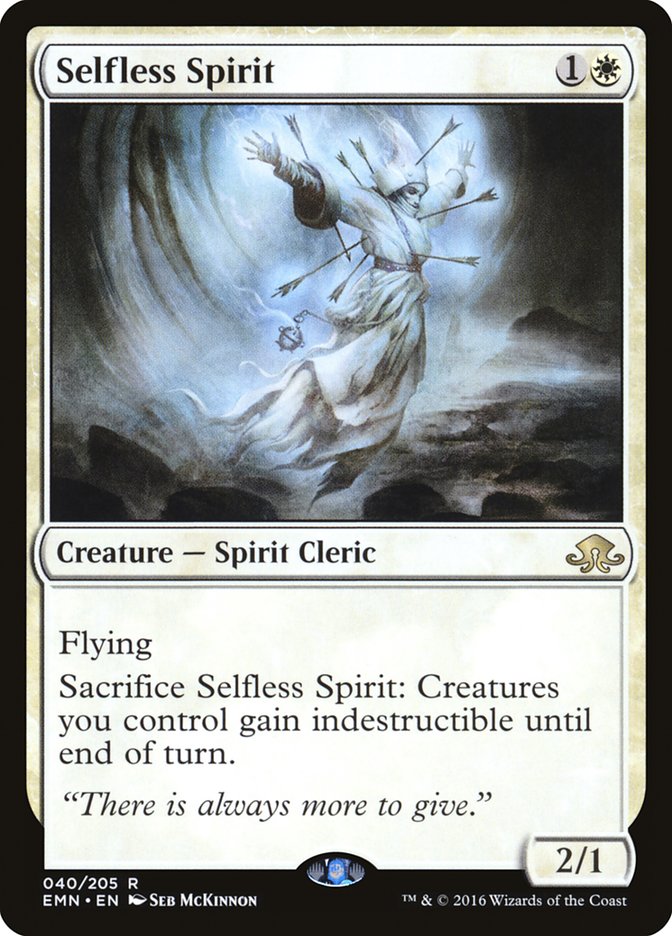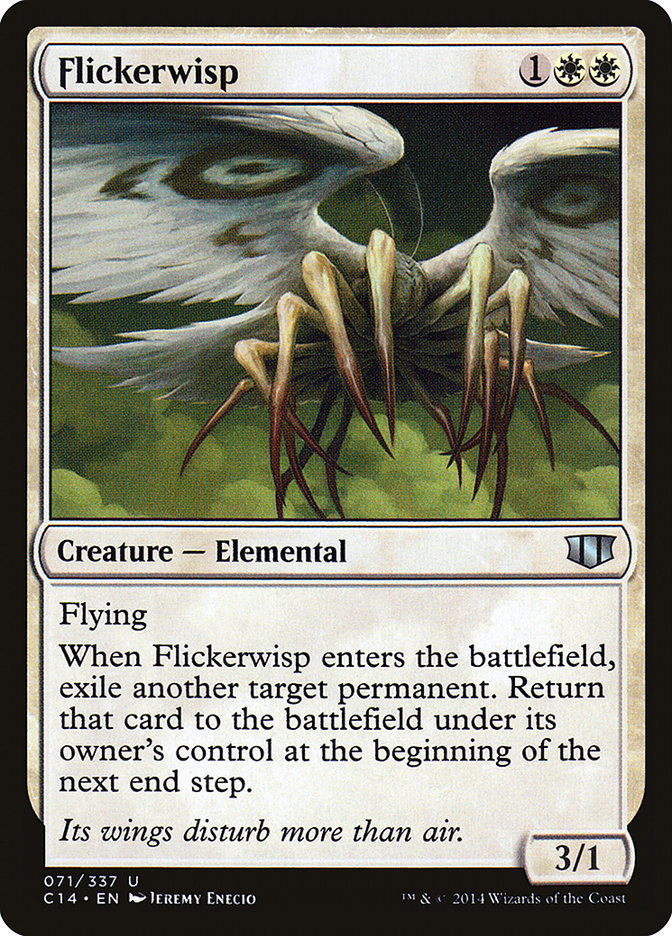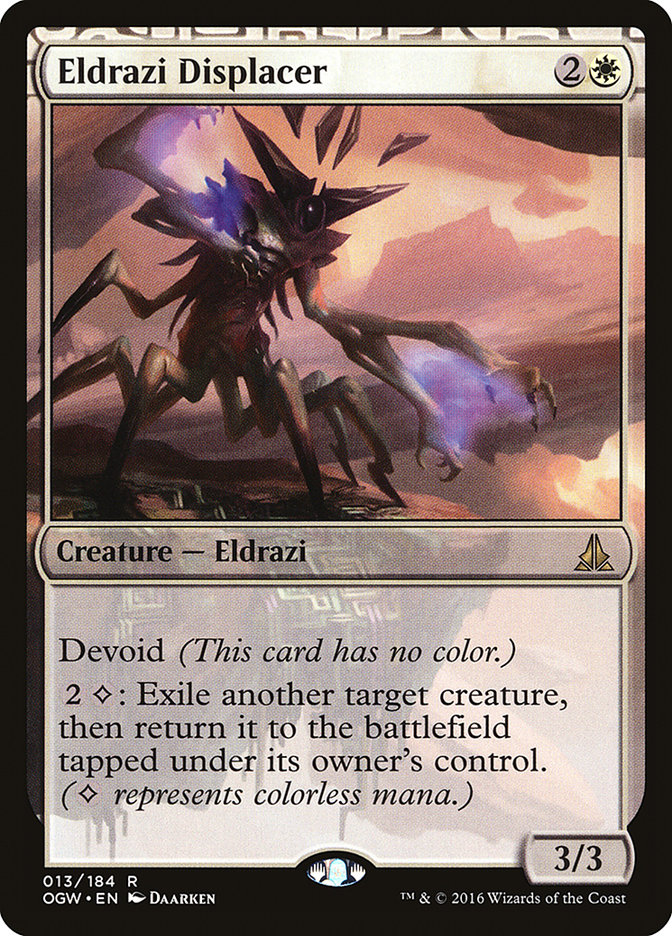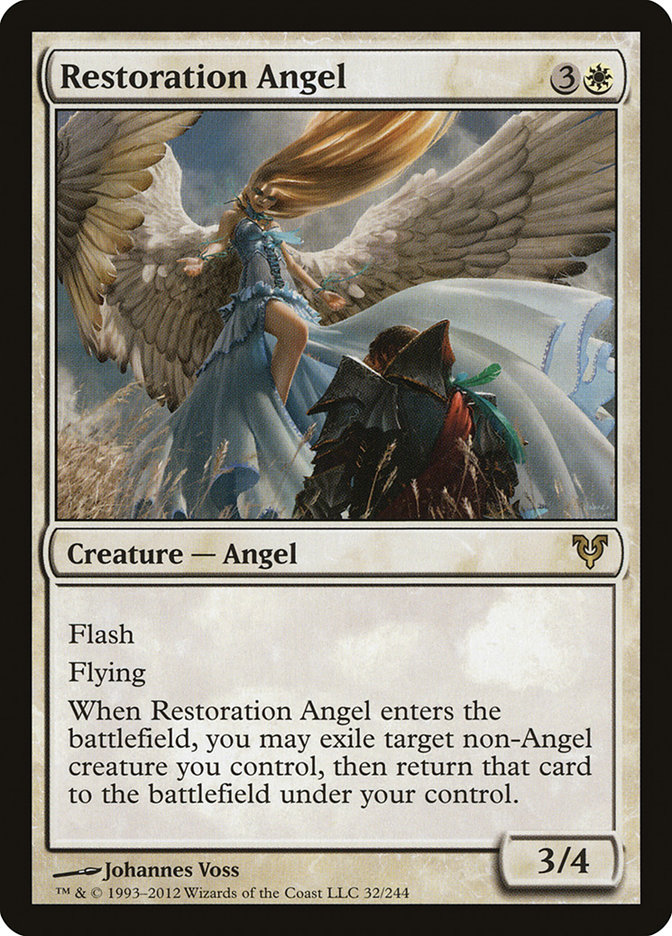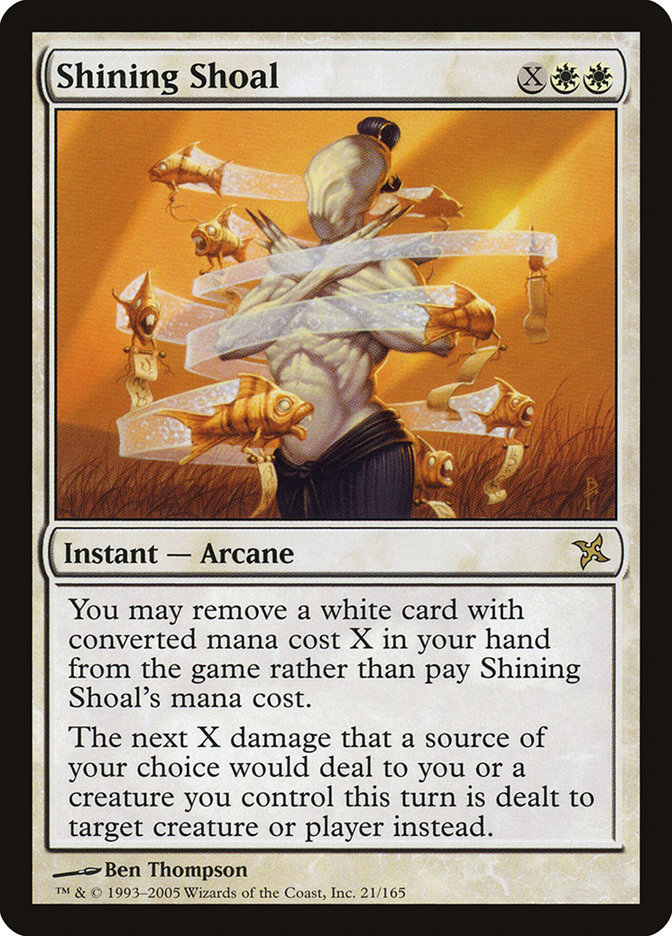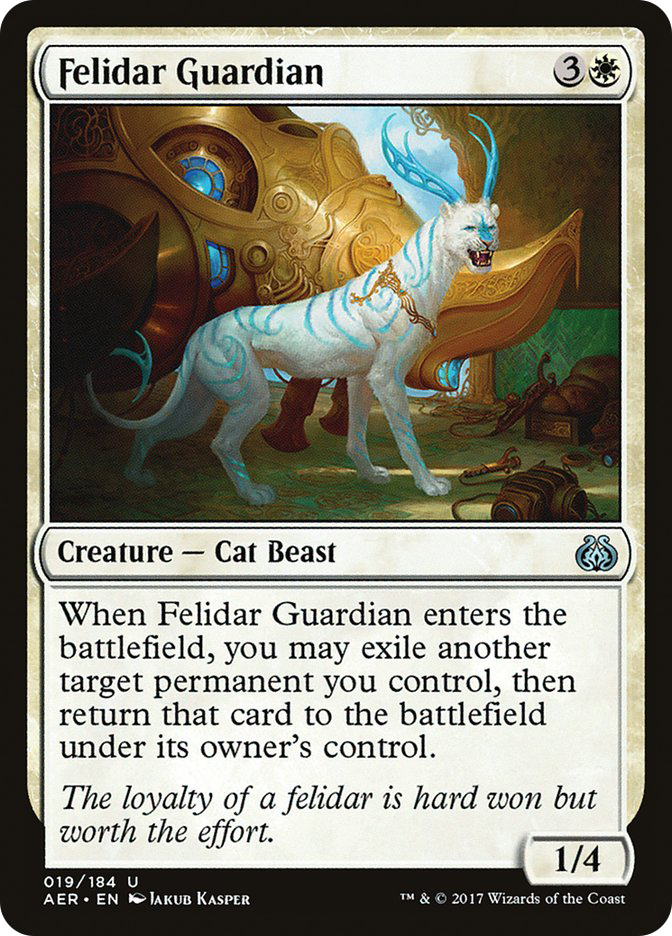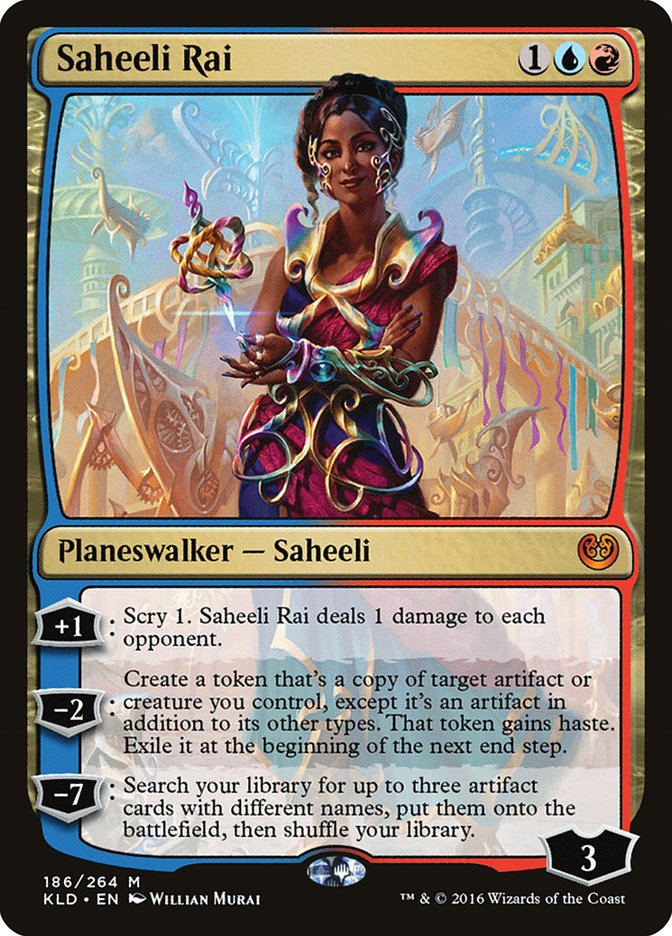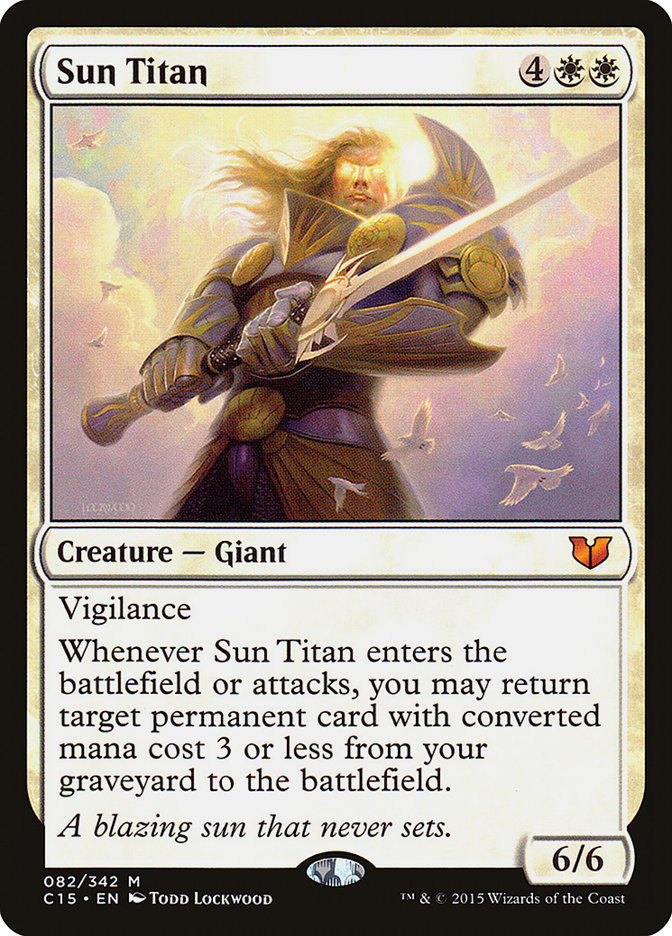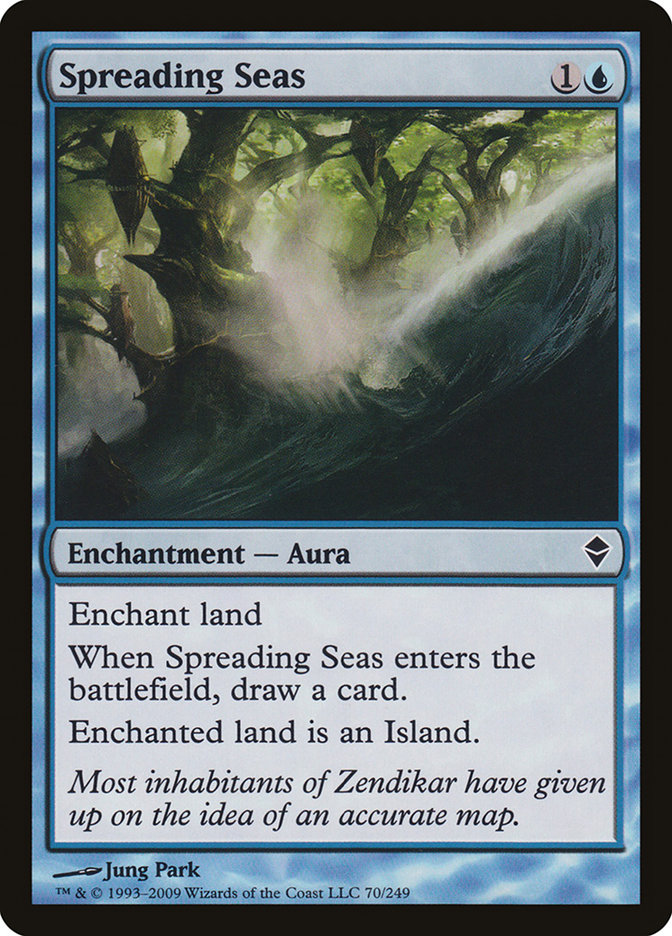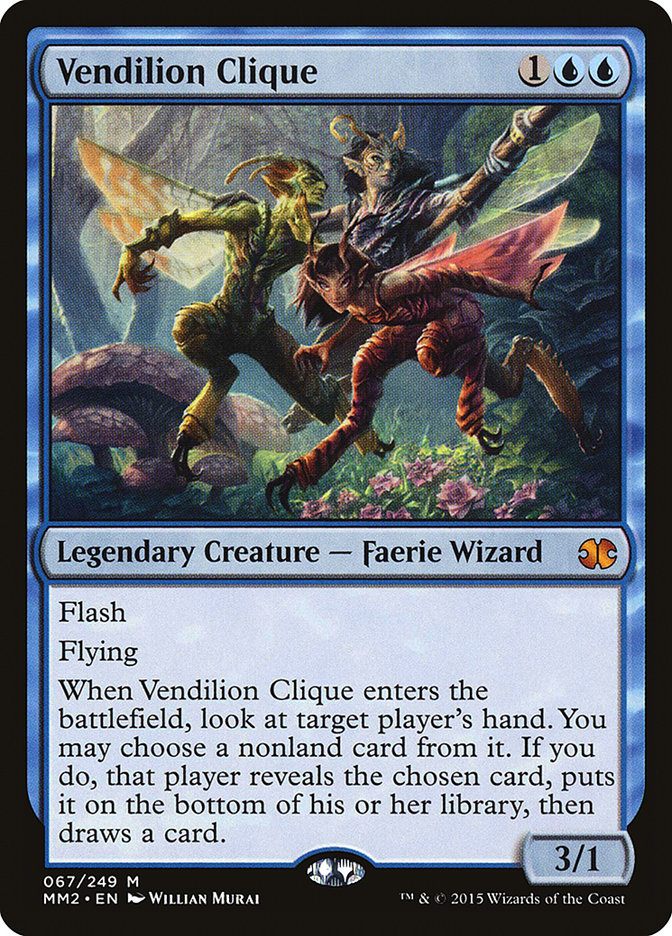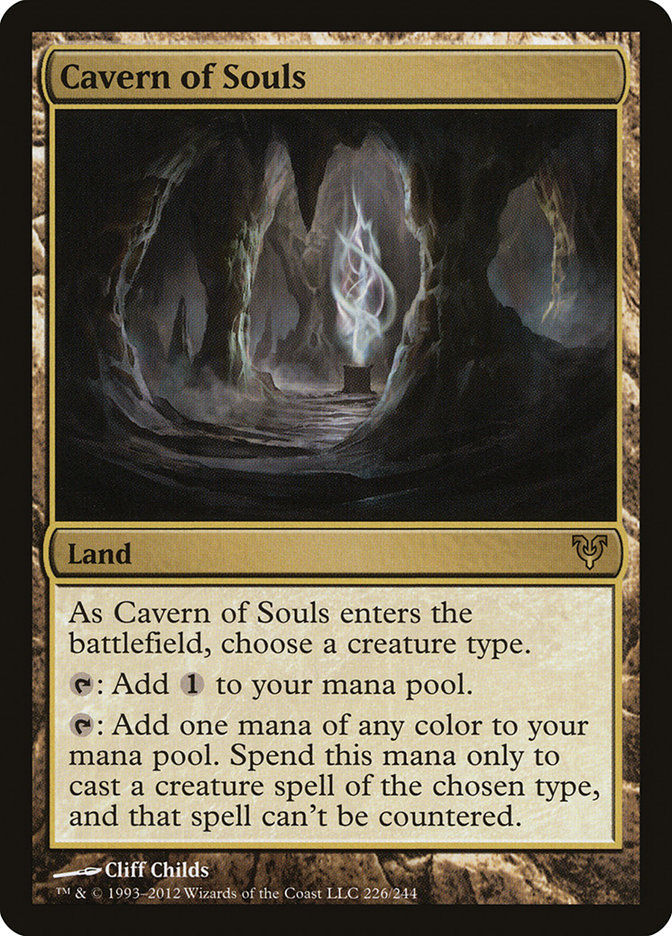With the banning of Gitaxian Probe and Golgari Grave-Troll, as well as lots of extremely powerful new Modern cards in Aether Revolt, the Modern format has been thrown into chaos. This weekend brought us our first taste of the format, with the first three large events to feature the event.
The result?
Three very different metas, with different decks at the top, different breakout surprises, and different builds of popular decks.
Here’s a look at twenty of the strategies to put up a decent finish this weekend, with better results weighted more heavily:
|
Archetypes |
Top 32 GP Brisbane |
Day 2 SCG Baltimore |
Top 8 GP Vancouver |
Combined Meta |
|
Dredge |
14.3% |
0.0% |
0.0% |
7.2% |
|
Lantern |
12.7% |
0.0% |
0.0% |
6.4% |
|
Abzan |
9.7% |
12.5% |
0.0% |
8.0% |
|
7.9% |
8.3% |
0.0% |
6.0% |
|
|
Eldrazi Tron |
7.9% |
8.3% |
0.0% |
6.0% |
|
W/x Eldrazi |
7.9% |
8.3% |
9.2% |
8.3% |
|
6.3% |
0.0% |
0.0% |
3.2% |
|
|
Tron |
6.3% |
0.0% |
0.0% |
3.2% |
|
Affinity |
4.8% |
4.2% |
9.2% |
5.8% |
|
W/R Prison |
4.8% |
4.2% |
0.0% |
3.5% |
|
Jund |
3.2% |
0.0% |
0.0% |
1.6% |
|
Bant Company |
3.2% |
0.0% |
0.0% |
1.6% |
|
U/x Control* |
3.2% |
16.7% |
0.0% |
5.8% |
|
1.6% |
12.5% |
44.0% |
16.6% |
|
|
1.6% |
8.3% |
0.0% |
2.8% |
|
|
Melira Company |
1.6% |
0.0% |
9.2% |
4.8% |
|
Goryo |
1.6% |
0.0% |
0.0% |
0.8% |
|
Infect |
1.6% |
0.0% |
0.0% |
0.8% |
|
Burn |
0.0% |
16.7% |
9.2% |
6.5% |
|
Merfolk |
0.0% |
0.0% |
16.3% |
4.1% |
*U/x Control = Esper in Brisbane, Grixis and Jeskai in Baltimore
We’ve got a ton of decks to cover today, so let’s just dive right in, starting with the champion of GP Brisbane, Oliver Oks, and his updated Lantern list:
Lands (18)
Spells (42)

Oliver is a longtime Lantern player running a version he tuned. The past year has been kind to Lantern decks, particularly when it comes to their manabase.
Inventors’ Fair provides some much-appreciated lifegain, helping offset any potential Lava Spike decks. Besides, the opportunity cost is relatively low and the possibility of cashing in a land to tutor up the right card, at the right moment, comes up. Often we’ll just want to keep gaining life, but in a pinch, it’s nice to have the option.
Just as the lifegain from Inventors’ fair adds up, so too does the damage from Spire of Industry. As a result, Oks maxes on Glimmervoids rather than Spires. Nevertheless, it is still a welcome addition compared to playing a Gemstone Mine.
Even though it’s not new tech, enough people ask about it that it’s worth mentioning that Pyxis of Pandemonium is the Ghoulcaller’s Bell that exiles, rather than mills. This is important for defeating decks with Emrakul, the Aeons Torn or Ulamog, the Infinite Gyre, not to mention being a valuable asset against Dredge. Pyxis of Pandemonium is so useful, some players even slant towards it rather than Ghoulcaller’s Bell, such as sixteenth-place finisher Sava Mihic.
Lands (17)
Spells (43)

While it can be a little risky with Ensnaring Bridge, Sava has added Fatal Push for after sideboarding, when it’s less likely to get stuck in his hand.
Fatal Push is an amazing card, so even if it’s not at its best here, it’s not bad. Sava’s list also features another interesting black removal spell from Aether Revolt:
Battle at the Bridge may not look like the most mana-efficient reactive card, but the many one-cost artifacts with minimal impact on the battlefield make it relatively easy to turn into Lightning Helix or better. Personally, I prefer the Collective Brutalities of Oliver’s list, but if there’s enough Burn in your metagame, Battle could make for a sweet option.
While Lantern took home the trophy, Dredge had an impressive showing for its first big event since the banning of Golgari Grave-Troll, finishing both second and third.
And it’s not like players just weren’t packing graveyard hate. It’s just that the Dredge deck is fast, strong, and resilient. Downgrading Grave-Trolls into more Golgari Thugs and Life from the Loams does take a little percentage away, but the strategy is still one of the best in the format.
Creatures (24)
- 3 Golgari Thug
- 4 Stinkweed Imp
- 4 Narcomoeba
- 4 Bloodghast
- 4 Prized Amalgam
- 4 Insolent Neonate
- 1 Haunted Dead
Lands (21)
Spells (15)
Sideboard

Zen Takahashi and Lee Shi Tian piloted the exact same 75, and while their list doesn’t feature any Aether Revolt cards, it is a “new” build in that it has been updated to fill the aforementioned Golgari Grave-Troll-sized hole.
Speaking of decks recently losing a card to the banned list, the biggest breakout decks of the weekend were the Death’s Shadow list Josh Utter-Leyton, Gerry Thompson, and Sam Black used to take first, third, and fourth at GP Vancouver, not to mention SCG Baltimore champion Matt Nass, playing the Modern deck to fight alongside Ben Stark and Sam Pardee.
First, the list Matt Nass and Sam Black used:
Creatures (13)
Planeswalkers (2)
Lands (18)
Spells (27)

Technically, Sam’s build featured a bit different of a mix of removal, but Renegade Rallier was his twist, too.
This build of Death’s Shadow is a fair bit different from versions from last season. Rather than pushing any kind of Become Immense approach, this version features a little bit of a Jund game, complete with Inquisition of Kozilek to go with Thoughtseize, some Lilianas, and Kolaghan’s Command.
Traverse the Ulvenwald was already an attractive option for a deck that gets delirium so easily; however, the printing of Renegade Rallier is a very exciting new option that can help pull you ahead in attrition-centric matchups. It also increases the effectiveness of sideboard hate cards like Kataki, War’s Wage and Eidolon of Rhetoric, as well as the ultimate target for grinding, Ranger of Eos.
I love the use of Lingering Souls here. Everyone is going to be sideboarding in more cheap spot removal like Fatal Push, Terminate, and Abrupt Decay. Lingering Souls goes wide, making those spot removal spells line up very awkwardly.
Okay, Gerry Thompson and GP Vancouver champion Josh Utter-Leyton played basically the same deck, but I feel like Ghor-Clan Rampager is enough of a twist to warrant its own section:
Creatures (13)
Planeswalkers (2)
Lands (18)
Spells (27)

Ghor-Clan Rampager instead of Renegade Rallier speaks to a very different dream with Traverse the Ulvenwald. Is it just too greedy to consider playing both?
Yes. Next question.
It seems like basically every Modern deck these days makes big use of the graveyard: dredge, delve, Tarmogoyf, Lingering Souls, Grim Flayer, Academy Ruins, Snapcaster Mage, and of course Living End.
Timothy Cheng rode his Living End deck to a Top 8 in Brisbane with an amusing, albeit relatively small Aether Revolt addition:
Creatures (26)
- 2 Avalanche Riders
- 1 Twisted Abomination
- 3 Simian Spirit Guide
- 4 Street Wraith
- 2 Faerie Macabre
- 4 Fulminator Mage
- 2 Pale Recluse
- 4 Monstrous Carabid
- 4 Deadshot Minotaur
Lands (19)
Spells (15)

While some players are abusing Kari Zev’s Expertise with Breaking//Entering and Beck//Call, Cheng’s list is kind of riding the line on “abusing it” versus “maindecking a Threaten.”
With just three Living Ends to cheat out with Kari Zev’s Expertise, we are going to be using it as a Threaten a pretty reasonable portion of the time. The upside, however, is that when we happen to draw one of our Living Ends, we can put it to good use out of nowhere.
For reference, Bryton Kaufman’s GP Trial-winning Breaking//Entering list is a great example of the Beck//Call style of Kari Zev’s Expertise decks, which I believe was originally developed by Paulo Vitor Damo da Rosa:
Creatures (20)
- 4 Birds of Paradise
- 4 Simian Spirit Guide
- 3 Noble Hierarch
- 4 Emrakul, the Aeons Torn
- 2 Ulamog, the Infinite Gyre
- 3 Griselbrand
Lands (20)
Spells (20)

An extensive breakdown of the Breaking//Entering style of decks can be found here.
While Breaking//Entering didn’t actually end up putting anyone in the Top 8 of either GP, both Emrakul and Ulamog did manage to find a home that could get them there.
Creatures (5)
Planeswalkers (10)
Lands (24)
Spells (21)

Emrakul, the Aeons Torn is first and foremost a kill card for Nahiri’s ultimate to be game-ending. Beyond that, she provides inevitability for games locked up by Blood Moon or Chalice of the Void.
Fighting alongside Nahiri is another recent four-cost planeswalker, Chandra, Torch of Defiance:
Chandra makes a great addition to the strategy, helping establish control against creatures, generate crucial card advantage, and provide an alternative road to victory in some circumstances.
It’s a small point, but Oblivion Ring has the potential to backfire if an opponent destroys the intended target in response to you casting it. Banishing Light can only target enemy permanents.
Can I just mention how much I respect a deck with Lightning Helix but no Lightning Bolts, a deck with one Sacred Foundry and four Rugged Prairie?
As for Ulamog, it wasn’t actually Ulamog, the Infinite Gyre but rather Ulamog, the Ceaseless Hunger. If you’re planning on casting it and don’t need the shuffle-back ability, the new Ulamog is an excellent upgrade.
Creatures (6)
Planeswalkers (6)
Lands (19)
Spells (29)

Interestingly, Hume’s G/B Tron list features zero Fatal Push in the 75. Instead, he runs the full playset of Collective Brutality with Warping Wail in the sideboard instead.
I’ve always been a fan of Warping Wail, and the recent increase in popularity of Breaking//Entering, Living End, and Scapeshift have all contributed to an increase in utility for this combination conditional counterspell/removal spell (that, yes, sometimes gets freaky and lets us cast Ugin on turn 3).
Hume’s G/b Tron deck wasn’t the only Ulamog, the Ceaseless Hunger deck to put up a good finish this weekend. David Mines’ Eldrazi Tron deck was the highest-finishing version of this strategy in GP Brisbane, narrowly missing the cut at ninth place:
Creatures (20)
- 1 Ulamog, the Ceaseless Hunger
- 3 Endbringer
- 4 Reality Smasher
- 4 Thought-Knot Seer
- 4 Matter Reshaper
- 4 Walking Ballista
Planeswalkers (1)
Lands (24)
Spells (15)

Colorless Eldrazi decks have existed basically ever since the printing of Thought-Knot Seer and Reality Smasher.
They fell out of favor with the banning of Eye of Ugin. Bant Eldrazi became the Eldrazi Aggro deck of choice with occasional appearances from Orzhov Eldrazi.
The printing of Walking Ballista, however, gives a major power boost to the colorless Eldrazi strategy, adding a much-needed two-drop and a powerful way to sink extra Urza-land mana. That said, threats like Dark Confidant and Inkmoth Nexus make Walking Ballista useful even without extra mana to sink into it.
Speaking of Walking Ballista targets…
Creatures (30)
- 1 Aven Mindcensor
- 2 Flickerwisp
- 3 Wall of Omens
- 4 Leonin Arbiter
- 4 Blade Splicer
- 4 Thalia, Guardian of Thraben
- 4 Restoration Angel
- 2 Eldrazi Displacer
- 3 Thought-Knot Seer
- 3 Selfless Spirit
Lands (24)
Spells (6)

Simard’s white aggro deck is hardly an Eldrazi deck, with just three Thought-Knot Seers and two Eldrazi Displacers to take advantage of his three Eldrazi Temples.
Instead, this is more of a true Death and Taxes list, pressing the mana denial of Thalia, Leonin Arbiter, Aven Mindcensor, and Ghost Quarter with a robust blink plan.
That’s a lot of ways to abuse Wall of Omens, Blade Splicer, and Thought-Knot Seer opening up the mid-game. He’s even got Windbrisk Heights for added card advantage!
Being kind of fast and kind of card-advantagey is all well and good, but the fun parts of Simard’s deck, however, are his Shining Shoals…
Shining Shoal is an underrated star from yesteryear that is quietly one of the format’s best answers to Lightning Bolts. It’s more than just a Force of Will; it’s also a free removal spell for their Goblin Guide. The main thing that typically holds it back is how few decks are mono-white or nearly mono-white, not to mention how low the costs of most white cards that get played are. So many of the white decks in the format tend to rely on lots of Izzet cards or lots of Golgari cards.
Creatures (15)
Planeswalkers (4)
Lands (22)
Spells (19)

While they don’t exactly have enough white cards to support Shining Shoal these days, Abzan has an increasing embarrassment of riches at basically every slot.
That’s a lot of powerful cards appearing as twos and threes. There are just so many powerful options. In fact, James has just two playsets of spells anywhere in his 75.
While none of the Abzan options is significantly better than other options, one of the strengths of the archetype is the amount of room for customization. If you can perfectly nail the metagame of a weekend, there is always percentage to be gained, and the deck is full of fundamentally powerful cards to start with.
Larsen wasn’t the only player to Top 8 with Abzan, though the list Eric Severson piloted over in Vancouver was a very different breed.
Creatures (29)
- 4 Birds of Paradise
- 1 Spike Feeder
- 2 Eternal Witness
- 4 Kitchen Finks
- 4 Noble Hierarch
- 3 Viscera Seer
- 1 Spellskite
- 2 Melira, Sylvok Outcast
- 1 Scavenging Ooze
- 1 Fiend Hunter
- 1 Archangel of Thune
- 2 Anafenza, Kin-Tree Spirit
- 1 Tireless Tracker
- 2 Renegade Rallier
Lands (23)
Spells (8)

Melira already has far more than its fair share of combos, so I’m a fan of Renegade Rallier without going all the way to Saffi Eriksdotter. Renegade Rallier is plenty good enough on its own and is just such a fantastic addition to basically any Collected Company deck.
This weekend was a fun one for niche combo decks. For instance, Anthony Lee piloted an interesting new deck made possible by Aether Revolt to a Top 32 finish in Brisbane. His list was built around the Standard combo standouts Felidar Guardian and Saheeli Rai.
The combo is a little slower than Twin was, since it is often not safe to tap out to cast Saheeli on turn 3. That said, Saheeli Rai is a better card without Felidar Guardian than Splinter Twin was without Deceiver Exarch. Likewise, Felidar Guardian at least gives you an extra Snapcaster Mage, Spreading Seas, Vendilion Clique, or Pia and Kiran Nalaar trigger and then sits on the battlefield, waiting for you to find a Saheeli Rai to complete the combo.
Creatures (12)
Planeswalkers (4)
Lands (23)
Spells (21)

It’s not exactly a Kiki-Jiki, Mirror Breaker, but Lee does have one Sun Titan for an extra plan going long.
While Sun Titan can form a loop with two Saheeli Rais, it doesn’t get you anywhere in this list. Instead, Sun Titan is a big value card, an alternate win condition, and a fantastic combo with either Saheeli Rai or Felidar Guardian.
Spreading Seas was one of the big talking points of the weekend. While it does good work in Lee’s list, slowing down creature-lands and breaking up Tron, it’s actually a lynchpin of Jonathon Zaczek’s GP finalist Merfolk list:
Creatures (29)
- 4 Lord of Atlantis
- 3 Merrow Reejerey
- 4 Silvergill Adept
- 2 Vendilion Clique
- 4 Cursecatcher
- 4 Master of the Pearl Trident
- 1 Tidebinder Mage
- 4 Master of Waves
- 3 Harbinger of the Tides
Lands (20)
Spells (11)
Sideboard

Nothing too fancy, Zaczek’s list just sticks to the basics, relying on a consistent gameplan rather than reinventing the wheel. There are little tweaks, however, that I find interesting.
Obviously Vendilion Clique is a strong card, but typically Merfolk decks stay on-tribe with the occasional exception of Kira, Great Glass Spinner. This is a pretty good time for three-drops, for fliers, and for hand disruption in general, so Vendilion Clique seems like a worthwhile experiment.
With just two Cavern of Souls, Zaczek’s list is more reliably equipped to cast Spreading Seas than some lists. Besides, Cavern of Souls is nice and all, but so is basic Island. There are counterspells, but there aren’t that many. Besides, we already have Aether Vial.
The Modern format would appear to be thriving and diverse, with all three major tournaments featuring very different metas and very different top decks. The recent changes to the banned list would appear to have really helped push the format into a healthy and fun direction, without actually completely banning any decks out of the format…
Of course, Josh, Gerry, Sam, and Nass may have broken it already.
…and sometimes “breaking it” means tweaking a netdeck when you realize players like GHash77, sebastianpozzo, and Oliver_Hart already broke it.


